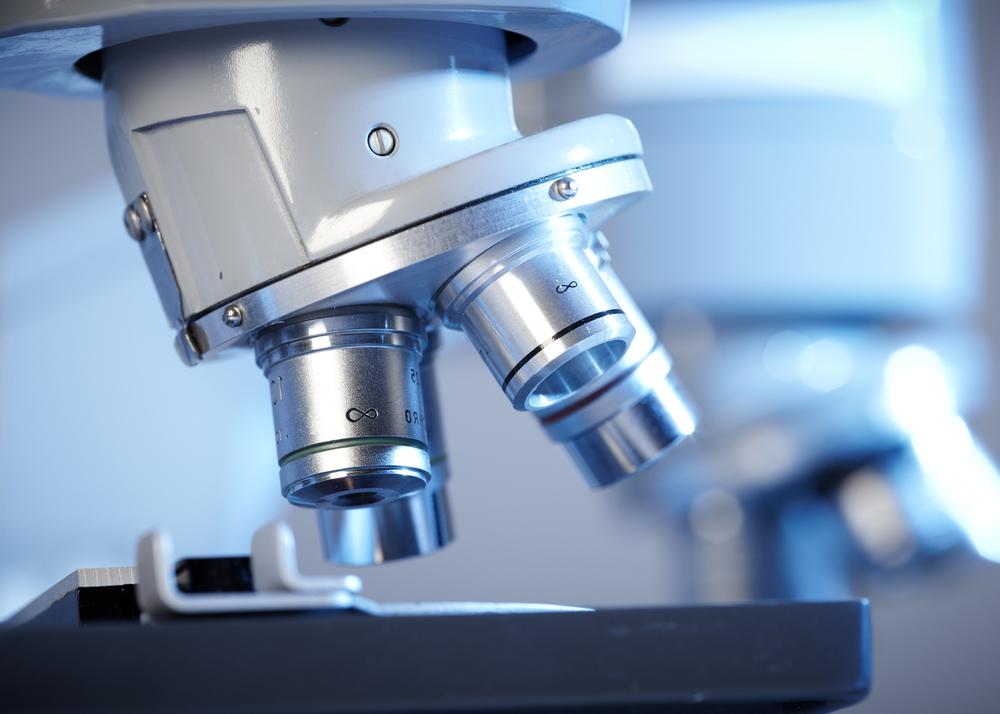Increased vascular stiffness was recently identified as a crucial component of hypertension in adults that are aging. Aortic stiffness is caused by changes in structural proteins that impact vascular walls and make them more rigid. Scientists from the University of Missouri have now observed that smooth muscle cells localized inside vascular walls are a crucial factor of vascular stiffness, and researchers are convinced that these results my open a new window to treat these patients. Results were published in Hypertension.
“Arterial and vascular stiffness occurs through the normal process of biological aging and is associated with an increased risk of heart attacks and strokes. As we age, the aorta, which normally acts as a shock absorber dampening the pulse associated with each heartbeat, tightens and becomes rigid, causing a host of problems including high blood pressure, increased risk of adverse cardiovascular events and even death,” explained Gerald Meininger, professor of medical physiology and pharmacology at MU.
Among Americans, the risk of advancing age-related hypertension is higher than 90 percent for both genders. Many mechanisms have been identified for arterial stiffness in humans and research projects have been focused mainly on structural matrix proteins present in the outer walls of blood vessels and on endothelial cells of the inner vascular walls. Dr. Meininger and his research team are now focused on studying smooth muscle cells from the “middle” area of the blood vessels wall that might offer deeper insights into aortic stiffness.
Researchers isolated aortic cells from both hypertensive and normal rat models and in both aged and young animals. After that, and thanks to a microscope that includes a probe to interact with the cells, atomic force microscopy, the compression force of the needle against the specimen was assessed.
Meininger said: “We found that hypertension increased both vascular smooth cell stiffness and adhesion or stickiness, and that these changes were augmented by aging. Our results are adding to our understanding and taking studies in a different direction. Although all cells are contributing to arterial stiffness, it’s important to identify the order in which they’re adding to the problem. Identifying smooth muscle cells as a contributor can help identify possible preventatives and potential drugs to counteract and reverse the disease and keep vessels healthier as we age.”
This research has provided promising early-stage results and if additional studies are successful, human drug development will be possible within the next few years. If approved by regulators, researchers might eventually conduct human clinical trials to address hypertension based on the findings.


